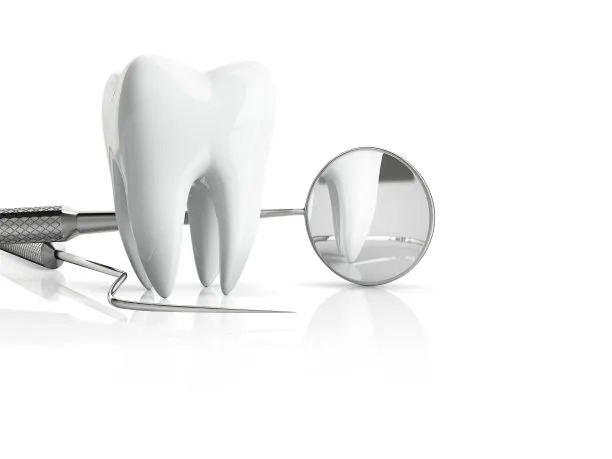The Essential Guide to Understanding the Process and Aftercare of Extracting a Tooth for Optimal Recovery
Summary: Extracting a tooth can be a daunting experience, but understanding the process and proper aftercare can significantly improve recovery outcomes. This guide outlines the key aspects of tooth extraction, focusing on preparation, the extraction process, post-operative care, and potential complications. Each section provides insights and tips to ensure a smooth experience. By following these guidelines, patients can enhance their recovery and promote optimal oral health. Comprehensive knowledge about tooth extractions empowers individuals to manage their dental health actively and alleviates anxiety related to surgical procedures.
1. Preparation for Tooth Extraction

Preparation is crucial before undergoing a tooth extraction. A thorough consultation with your dentist will help determine if extraction is necessary while addressing any underlying issues. Diagnostic imaging, such as X-rays, may be utilized to assess the tooth’s condition and its position in relation to surrounding structures.
Additionally, patients should disclose their medical history, including any medications they are currently taking and pre-existing health conditions. This information ensures that the dentist can tailor the extraction process to each individual’s needs and mitigate potential risks during surgery.
Lastly, it’s crucial to follow any pre-operative instructions given by the dental professional. This may include dietary restrictions or the need to arrange for transportation home after the procedure, as sedation may be employed.
2. Understanding the Tooth Extraction Process
The actual tooth extraction process typically involves several steps. After administering local anesthesia or sedation, the dentist will begin by loosening the tooth from the bone and surrounding tissue. For teeth that are deeply rooted or impacted, additional techniques may be necessary, such as making incisions in the gums.
Once the tooth is extracted, the dental professional will clean the extraction site to avoid infection. In some cases, sutures may be used to close the wound. It’s essential to stay relaxed and follow the dentist’s guidance during this process to minimize complications.
Understanding what to expect during this procedure helps alleviate anxiety for patients. Engaging with your dentist and asking questions can provide additional reassurance and better prepare you for the experience.
3. Post-Operative Care for Optimal Recovery
Post-operative care is vital in promoting quick healing and preventing complications. Right after the extraction, patients should bite down gently on a gauze pad to control bleeding. It’s recommended to keep the gauze in place for several hours and to avoid vigorous rinsing or spitting during the first day.
After 24 hours, gently rinsing with warm salt water can aid in cleaning the extraction site and promoting healing. It’s also essential to stick to a soft-food diet for the initial days. Foods like yogurt, smoothies, and mashed potatoes are excellent choices. Avoid hard, crunchy, or chewy foods that may irritate the area.
Pain management is another critical aspect of recovery. Dentists may prescribe pain relief medications or recommend over-the-counter options. Cold compresses can also alleviate swelling and discomfort in the initial recovery phase.
4. Recognizing and Managing Complications
While tooth extraction is generally safe, there are potential complications that patients should be aware of. Dry socket, characterized by severe pain and a foul odor, can occur if the blood clot at the extraction site dislodges. This condition typically develops three to five days post-extraction and requires professional treatment.
Infection is another risk associated with tooth extractions. Signs of infection include fever, excessive swelling, and pus at the site. Should any of these symptoms occur, it’s imperative to contact your dentist for further evaluation and potential antibiotic treatment.
Additionally, patients should keep an eye out for prolonged bleeding or difficulty swallowing. Awareness of these signs can lead to timely intervention, ensuring a smoother recovery experience.
Summary:
In conclusion, comprehending the entire process of tooth extraction—from preparation to aftercare—is essential for an optimal recovery. Being knowledgeable about what to expect can significantly reduce anxiety and facilitate better decision-making regarding your dental health.
Caring for your teeth after an extraction is key to maintaining overall oral hygiene. Drifting into post-operative recovery armed with the right information leads to a smoother healing journey.
This article is compiled by Vickong Dental and the content is for reference only.



